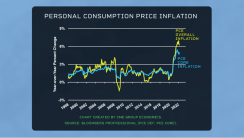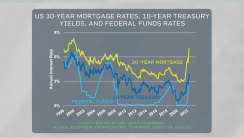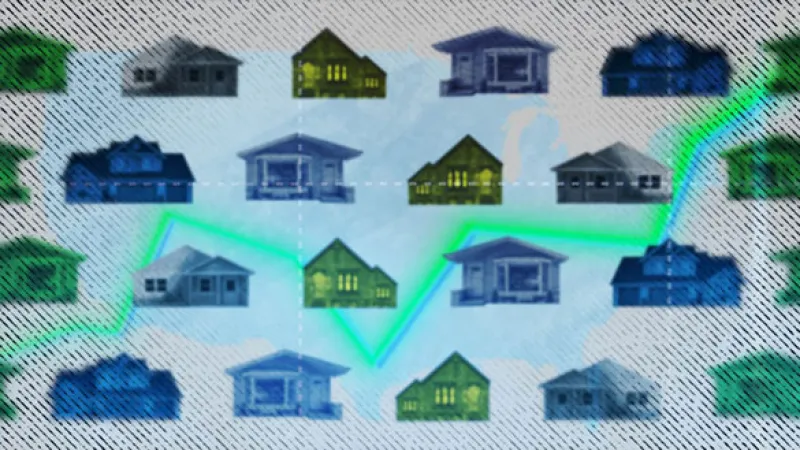Blu Putnam, CME Group
AT A GLANCE
- 30-year mortgage rates have more than doubled in 2022
- The PCE price index, which rose 0.3% in August, is one measure of U.S. inflation tracking
The Federal Reserve’s primary tool for influencing the real economy is in its ability to set short-term interest rates, resulting in shifts in the shape of the yield curve as it responds to the interplay between the economic environment and fiscal policy. With inflation having soared, the Fed has shifted in 2022 to withdrawing accommodation, raising rates and shrinking its balance sheet.

Higher bond yields impact the financial markets through a repricing of equities to reflect new competition from fixed income, as well as to incorporate the removal of incentives for risk-taking that come with a super accommodative monetary policy. As for the U.S. real economy, rate hikes hit first through their direct impact on mortgage rates.

30-year mortgage rates have more than doubled in 2022. This has made buying a house much more expensive. Houses already under construction are generally completed, but builders typically become more cautious about new projects.
Future housing construction is likely to be constrained in 2023. This lagged impact eventually spreads to all the inputs in the construction process, from labor to wood to appliances, and so forth, reverberating throughout the entire economy. That is, the rate hikes of 2022 have been felt in mortgage rates, but the full impact on the economy, which has already been set in motion, will not be observed until next year.
As for inflation, homes are assets and not part of the Consumer Price Index. The follow-on housing impact to reduce inflation works through the rent component with a long lag. That is, measured core inflation may look sticky now, but the inflation-reduction process has already been put in motion.






